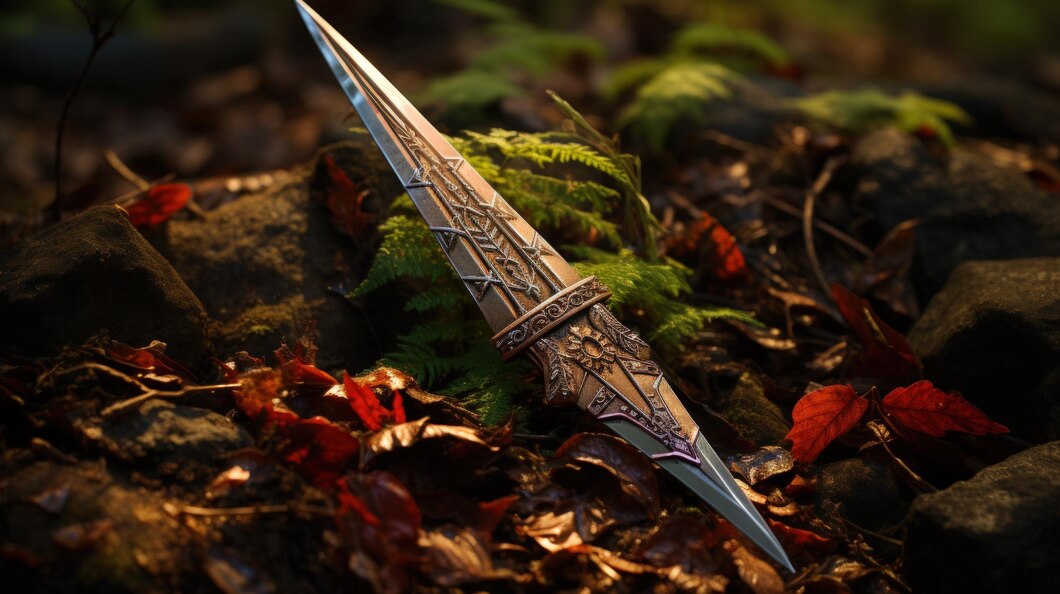The assagai is more than just a weapon; it’s a symbol of resilience, ingenuity, and rich cultural heritage. Rooted in African history, the a s s e g a i played a vital role in traditional warfare, hunting, and even social ceremonies. Its sleek design, versatility, and deep symbolism make it an enduring piece of history worth exploring.
In this blog post, we’ll delve into the origins, historical significance, and modern applications of the assagai. We’ll also touch on why it holds a special place in African identity, ensuring you walk away with a newfound appreciation for this incredible spear.
The assagai, also spelled assegai, is a traditional African spear known for its sharp, lightweight design. It typically features a wooden shaft with an iron or steel tip. The weapon is commonly associated with the Zulu people of South Africa but was widely used across various African regions for hunting, defense, and warfare.
Its simplicity is its brilliance—light enough to throw but strong enough to use in close combat.
The assagai originated as a hunting tool in ancient Africa. Early hunters needed a versatile weapon to hunt game, and the assagai provided the perfect solution with its ability to be both thrown and used at close range.
Shaka Zulu, a legendary African leader, transformed the assagai into a shorter, more efficient weapon called the iklwa. This modified spear became a cornerstone of his military tactics, revolutionizing Zulu warfare.
In addition to warfare, the assagai held ceremonial value. It was often used in rituals, symbolizing strength, leadership, and manhood.
- Lightweight Design: Perfect for throwing over long distances.
- Durability: Made from sturdy wood and iron for longevity.
- Dual Purpose: Useful in both hunting and combat situations.
- Symbolism: Represents courage, skill, and tradition.
While the assagai is no longer a primary weapon, it continues to hold cultural and decorative significance:
- Cultural Events: Used in traditional African dances and ceremonies.
- Art and Decor: Often displayed as a piece of art, representing African heritage.
- Sporting Events: Some modern sports, like javelin throwing, draw inspiration from traditional spear usage.
In a world obsessed with modern technology, the assagai serves as a reminder of the ingenuity of early civilizations. It highlights the resourcefulness of African communities, turning simple materials into effective tools.
Moreover, the assagai has become a symbol of identity and pride, representing the resilience and strength of African culture.
As globalization blurs cultural boundaries, preserving traditional artifacts like the assagai becomes more important than ever. Museums, historians, and artisans are working to keep the history of this iconic spear alive, ensuring future generations understand its significance.
The word assagai comes from the Arabic word az-zaġāyah, meaning spear. It was adopted into European languages to describe the traditional African weapon.
The assagai was developed by African communities for hunting and warfare. Shaka Zulu later improved its design for military use.
While it’s no longer used in warfare, the assagai is still relevant in cultural events, sports, and as a decorative item.
Traditional assagais were crafted from hardwood shafts and metal tips, often forged from iron or steel.
The assagai was designed for both throwing and close combat, while a javelin is primarily a throwing weapon used in sports.
Yes, replicas of the assagai are available online or through specialty African art stores.
The assagai is much more than a spear; it’s a testament to human innovation and cultural richness. From its humble beginnings as a hunting tool to its evolution as a weapon of warfare and symbol of pride, the assagai continues to inspire and captivate.
Preserving its legacy not only honors the past but also ensures that this incredible piece of African heritage remains a source of learning and inspiration for generations to come.
